Home>Home Appliances>Kitchen Appliances>How To Turn On An Espresso Machine
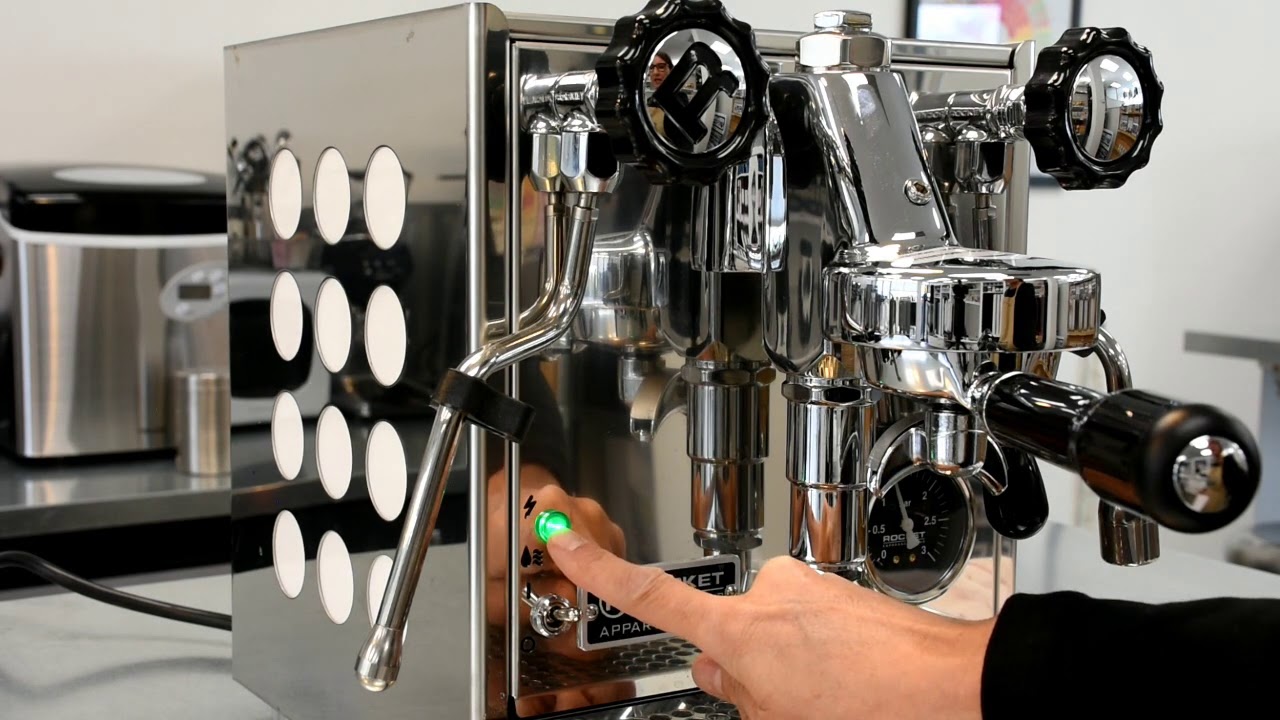

Kitchen Appliances
How To Turn On An Espresso Machine
Modified: August 16, 2024
Learn how to properly turn on your espresso machine and enjoy delicious coffee at home. Find step-by-step instructions for kitchen appliances.
(Many of the links in this article redirect to a specific reviewed product. Your purchase of these products through affiliate links helps to generate commission for Storables.com, at no extra cost. Learn more)
Introduction
So, you've just acquired your very own espresso machine, and you're eager to start brewing delicious, aromatic coffee right in the comfort of your own kitchen. Congratulations! Owning an espresso machine opens up a world of possibilities for crafting your favorite coffee drinks without having to leave home. Whether you're a seasoned barista or a beginner looking to explore the art of espresso-making, this guide will walk you through the essential steps to turn on and prepare your espresso machine for a delightful brewing experience.
In the following sections, we'll delve into the intricacies of understanding your espresso machine, preparing it for use, and, of course, the moment you've been waiting for – turning it on. We'll also cover some troubleshooting tips to help you navigate any potential hiccups along the way. By the end of this guide, you'll feel confident and ready to embark on your espresso-making journey.
So, let's roll up our sleeves, embrace the enticing aroma of freshly ground coffee beans, and embark on this exciting espresso-making adventure together!
Key Takeaways:
- Master your espresso machine by understanding its components, preparing it diligently, and following the simple steps to turn it on for a delightful brewing experience at home.
- Embrace the journey of espresso-making, seek guidance from experts, and troubleshoot with grind consistency, water quality, and maintenance to craft exceptional coffee with your espresso machine.
Read more: How To Fix An Espresso Machine
Understanding Your Espresso Machine
Before diving into the process of turning on your espresso machine, it's crucial to familiarize yourself with its key components and functions. Espresso machines come in various types, including semi-automatic, automatic, and super-automatic models, each with its own set of features and capabilities.
One of the fundamental components of an espresso machine is the portafilter, which holds the coffee grounds during the brewing process. Understanding how to attach and detach the portafilter is essential for preparing your machine for use. Additionally, familiarize yourself with the water reservoir or water line, depending on the type of machine you have, as well as the steam wand for frothing milk.
Furthermore, it's important to grasp the significance of the machine's heating elements and the role they play in achieving the optimal brewing temperature. Some machines also feature a built-in grinder, allowing you to freshly grind your coffee beans for each brew, while others require pre-ground coffee.
Additionally, different espresso machines have varying methods for controlling the brewing pressure and water flow, which directly impact the extraction process. Understanding these nuances will empower you to make informed adjustments to achieve your desired espresso flavor and strength.
Moreover, familiarize yourself with any additional features your machine may offer, such as programmable settings, cup warmers, and pre-infusion capabilities. These features can significantly enhance your espresso-making experience and allow for customization based on your preferences.
By gaining a comprehensive understanding of your espresso machine's components and functionalities, you'll be well-equipped to prepare and operate it effectively, setting the stage for a delightful brewing session.
Preparing the Machine
Now that you have a solid grasp of your espresso machine's key elements, it's time to prepare it for the brewing process. Preparing the machine involves several essential steps to ensure that it is primed and ready to deliver a delightful cup of espresso.
1. Cleaning and Maintenance: Before each use, it's crucial to clean your espresso machine thoroughly. This includes rinsing the portafilter, wiping the steam wand, and descaling the machine periodically to prevent mineral buildup. A clean machine is essential for optimal performance and the best-tasting espresso.
2. Filling the Water Reservoir: If your espresso machine features a water reservoir, ensure that it is filled to the appropriate level with fresh, filtered water. Clean water free from impurities is vital for the quality and flavor of your espresso.
3. Preheating: Many espresso machines require preheating to reach the ideal brewing temperature. This typically involves turning on the machine and allowing it to heat up for a few minutes. Preheating ensures that the brewing process begins at the optimal temperature for extracting the rich flavors from the coffee grounds.
4. Checking the Portafilter: Inspect the portafilter to ensure that it is clean and free from any residual coffee grounds. Additionally, if your machine has a built-in grinder, ensure that the coffee beans are freshly ground to the desired fineness and dose the portafilter accordingly.
5. Warming the Cups: For an enhanced espresso experience, consider warming your espresso cups before brewing. This can be done by placing the cups on the machine's cup warmer or rinsing them with hot water to maintain the ideal temperature for serving your espresso.
By diligently following these preparation steps, you will set the stage for a successful brewing process, ensuring that your espresso machine is in optimal condition to deliver a delightful and flavorful cup of coffee.
Make sure the machine is plugged in and filled with water. Turn on the power switch and wait for the machine to heat up. Once the machine is ready, you can start brewing your espresso.
Turning On the Espresso Machine
Now comes the moment you’ve been eagerly anticipating – turning on your espresso machine and initiating the brewing process. While the process may vary slightly depending on the specific model of your machine, the fundamental steps for turning it on are relatively consistent across most espresso machines.
1. Powering Up: Begin by locating the power switch or button on your espresso machine. This may be located on the front, side, or back of the machine, depending on the model. Once you’ve identified the power control, press or flip the switch to turn on the machine.
2. Heating Up: After powering on the machine, it will begin the heating process to reach the optimal brewing temperature. Many espresso machines feature indicator lights or displays that illuminate or change color to indicate when the machine has reached the ideal temperature for brewing. This heating phase typically takes a few minutes, during which you can prepare your coffee grounds and portafilter.
3. Selecting Brew Options: Depending on the capabilities of your espresso machine, you may have the option to select specific brewing parameters, such as single or double shots, espresso volume, and brewing time. Familiarize yourself with the machine’s controls and settings to customize your brewing experience according to your preferences.
4. Engaging the Brew Process: Once the machine has reached the optimal brewing temperature and you’ve prepared the portafilter with the desired coffee grounds, it’s time to engage the brew process. This typically involves locking the portafilter into place, initiating the brewing cycle, and closely monitoring the extraction to ensure the perfect espresso shot.
5. Frothing Milk (Optional): If your espresso machine is equipped with a steam wand for frothing milk, this is the opportune time to steam and froth milk for delicious lattes, cappuccinos, or other milk-based coffee beverages. Mastering the art of milk frothing can elevate your coffee creations to a whole new level.
By following these steps, you will successfully turn on your espresso machine and embark on the exhilarating journey of brewing your favorite espresso-based drinks right in your own kitchen. With each aromatic shot of espresso, you’ll savor the fruits of your labor and the delightful convenience of having a quality coffee experience at your fingertips.
Troubleshooting and Tips
While operating your espresso machine, you may encounter occasional challenges or seek ways to enhance your brewing process. Here are some valuable troubleshooting tips and insights to ensure a smooth and enjoyable espresso-making experience:
- Grind Consistency: Achieving the ideal grind consistency is crucial for extracting the best flavors from your coffee beans. Experiment with different grind settings to find the perfect balance, ensuring that the coffee grounds are neither too coarse nor too fine for your machine’s brewing method.
- Water Quality: The quality of water used in your espresso machine significantly impacts the taste and performance of your espresso. Using filtered or bottled water can help prevent mineral buildup and ensure a clean, consistent flavor in your coffee.
- Proper Tamping: When preparing the coffee grounds in the portafilter, ensure that they are evenly and firmly tamped to create a uniform surface. This promotes optimal water flow during the brewing process, leading to a well-extracted espresso shot.
- Steam Wand Mastery: If your machine features a steam wand for frothing milk, practice the art of steaming and frothing to achieve velvety microfoam for lattes and cappuccinos. Mastering the technique can elevate the texture and flavor of your milk-based coffee beverages.
- Understanding Pressure and Extraction: Pay attention to the brewing pressure and extraction time when pulling espresso shots. Adjusting these parameters can significantly impact the flavor profile of your espresso, allowing you to tailor each shot to your preference.
- Regular Maintenance: Consistent cleaning and maintenance of your espresso machine are essential for its longevity and performance. Follow the manufacturer’s guidelines for descaling, backflushing, and general upkeep to keep your machine in top condition.
- Seeking Professional Assistance: If you encounter persistent issues or have specific questions about your machine, don’t hesitate to reach out to the manufacturer’s customer support or seek guidance from experienced baristas and coffee enthusiasts. Their expertise can provide valuable insights and solutions to enhance your espresso-making journey.
By incorporating these troubleshooting tips and best practices into your espresso-making routine, you’ll refine your skills, overcome potential challenges, and elevate the overall quality of your home-brewed espresso. Embrace the learning process, experiment with different techniques, and savor the rewarding experience of crafting exceptional coffee with your espresso machine.
Read more: How To Make Espresso In A Machine
Conclusion
Congratulations on delving into the world of espresso-making and mastering the essential steps to turn on and operate your espresso machine. By gaining a comprehensive understanding of your machine’s components, preparing it for use, and navigating the process of turning it on, you’ve embarked on a journey that promises an abundance of aromatic, flavorful coffee experiences right in the heart of your home.
As you continue to hone your skills and explore the art of espresso-making, remember that the joy of crafting exceptional coffee lies not only in the final cup but also in the journey of learning, experimenting, and refining your techniques. Embrace the nuances of grind consistency, water quality, and extraction parameters, as these elements play a pivotal role in shaping the character of your espresso shots.
Furthermore, don’t hesitate to seek inspiration and guidance from the vibrant community of coffee enthusiasts, baristas, and online resources. Engaging with fellow coffee aficionados and learning from their experiences can enrich your own coffee-making endeavors and spark new ideas for creative concoctions.
As you savor each aromatic sip of freshly brewed espresso, relish the convenience and delight of having a quality coffee experience at your fingertips. Whether you’re indulging in a rich, velvety latte or sipping a robust, straight espresso shot, your espresso machine empowers you to tailor your coffee creations to your exact preferences.
Finally, as you continue your espresso-making journey, remember that patience, practice, and a spirit of curiosity will lead you to new heights of coffee craftsmanship. Embrace the process, celebrate the small victories, and revel in the satisfaction of mastering the art of brewing exceptional espresso right in your own kitchen.
With each aromatic cup, may your espresso-making adventures be filled with joy, discovery, and the invigorating aroma of freshly brewed coffee. Cheers to your continued exploration of the world of espresso, where each cup holds the promise of a delightful, soul-warming experience.
Frequently Asked Questions about How To Turn On An Espresso Machine
Was this page helpful?
At Storables.com, we guarantee accurate and reliable information. Our content, validated by Expert Board Contributors, is crafted following stringent Editorial Policies. We're committed to providing you with well-researched, expert-backed insights for all your informational needs.
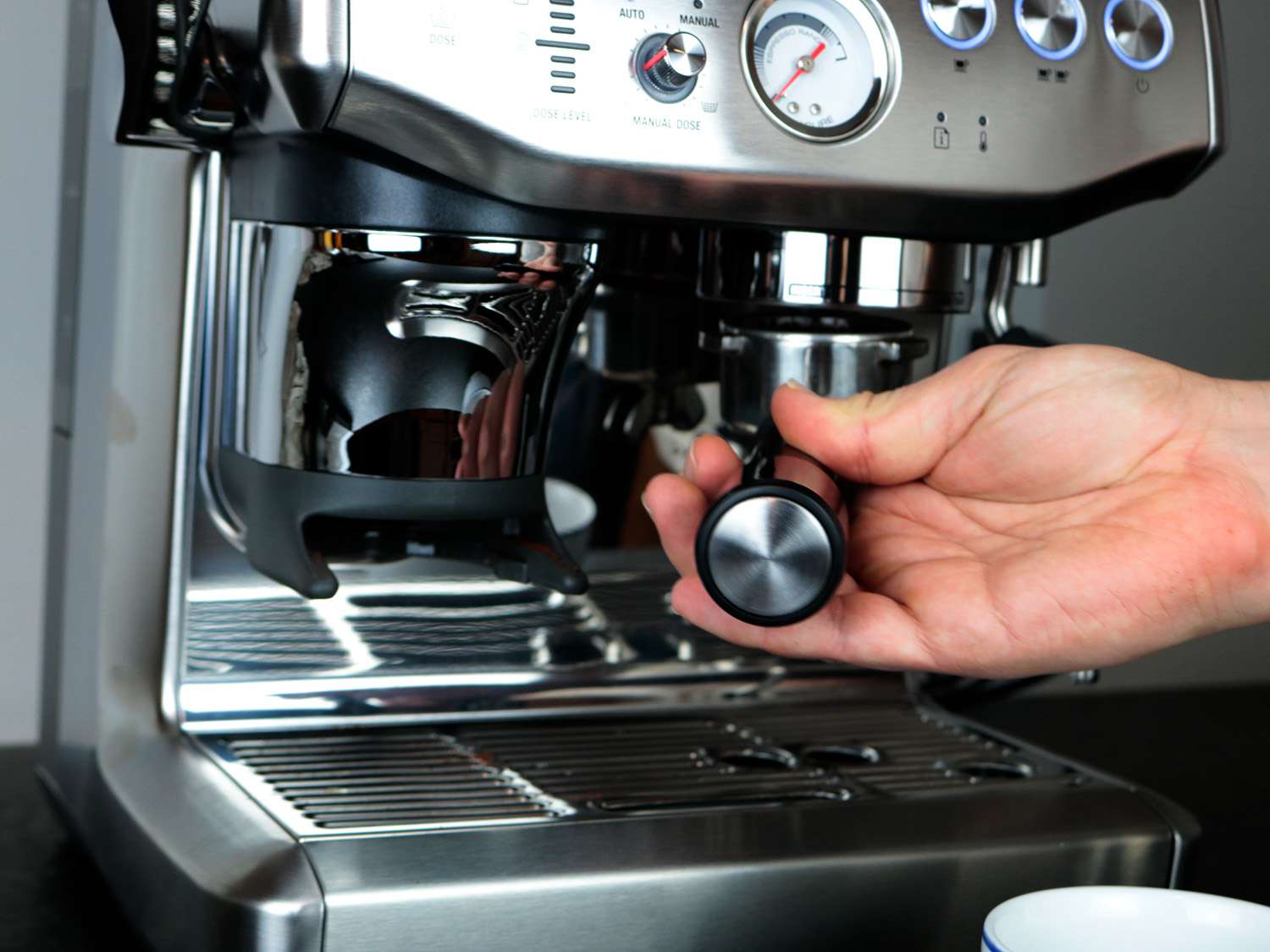
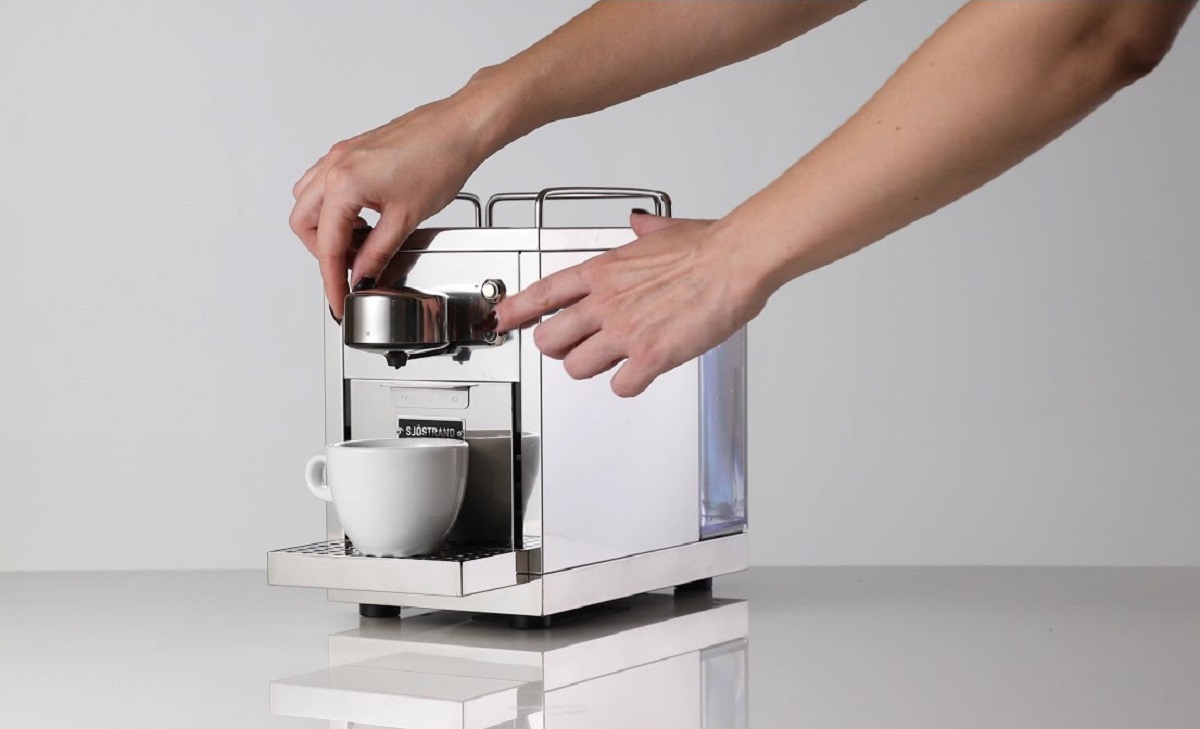
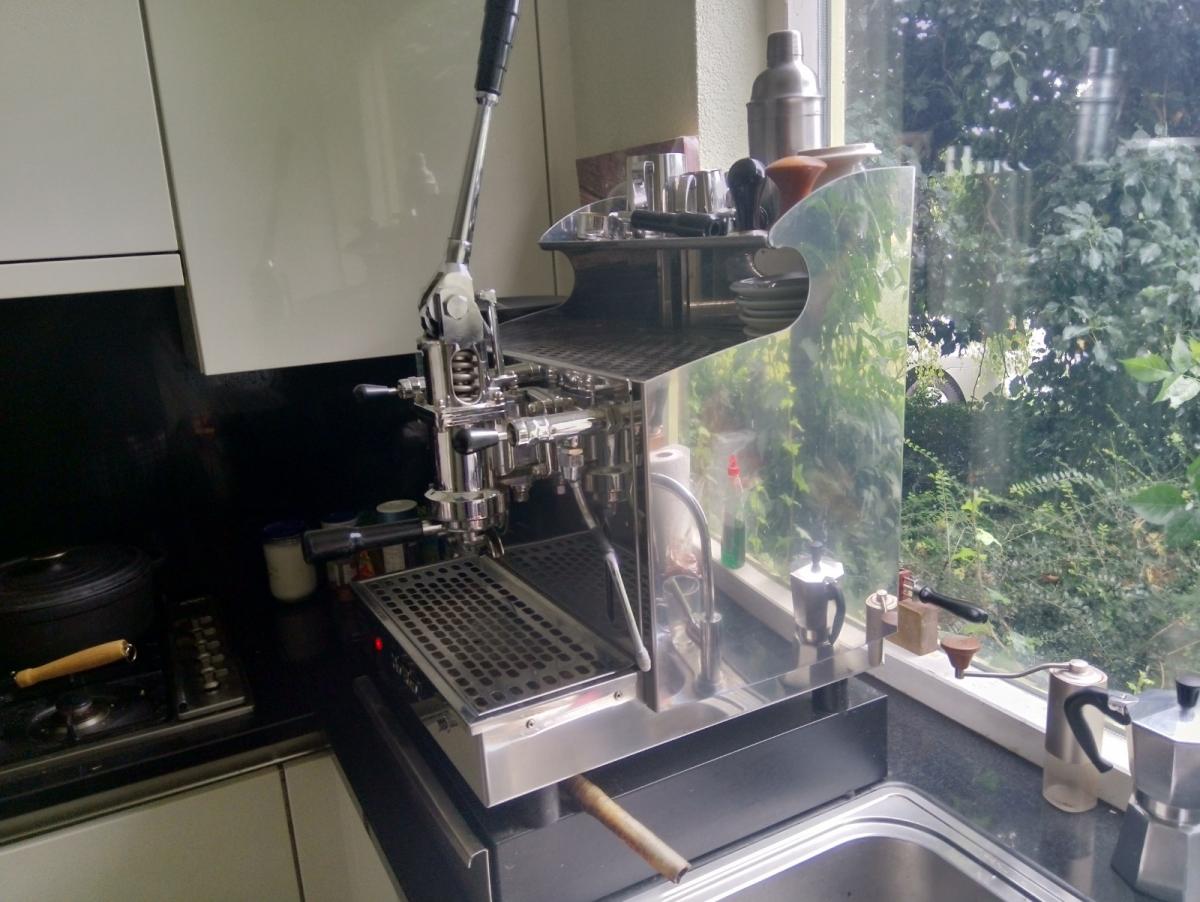


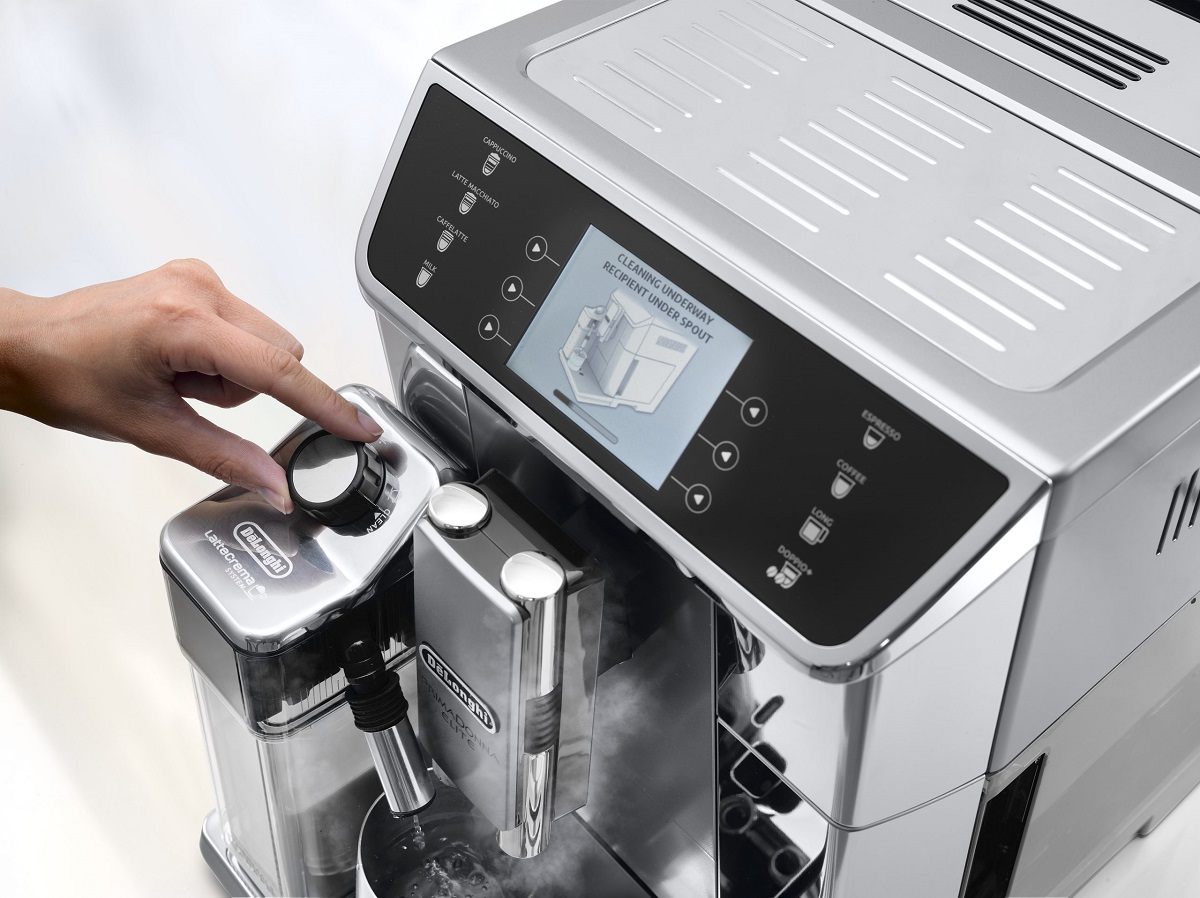
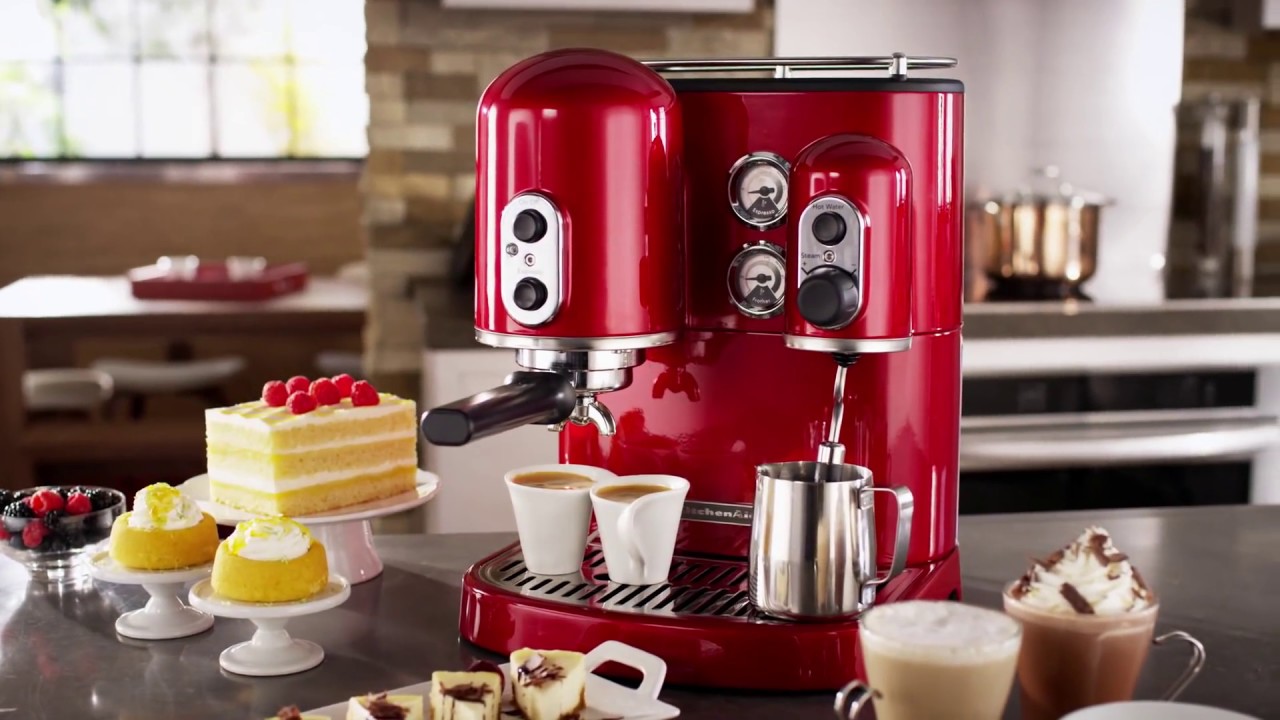
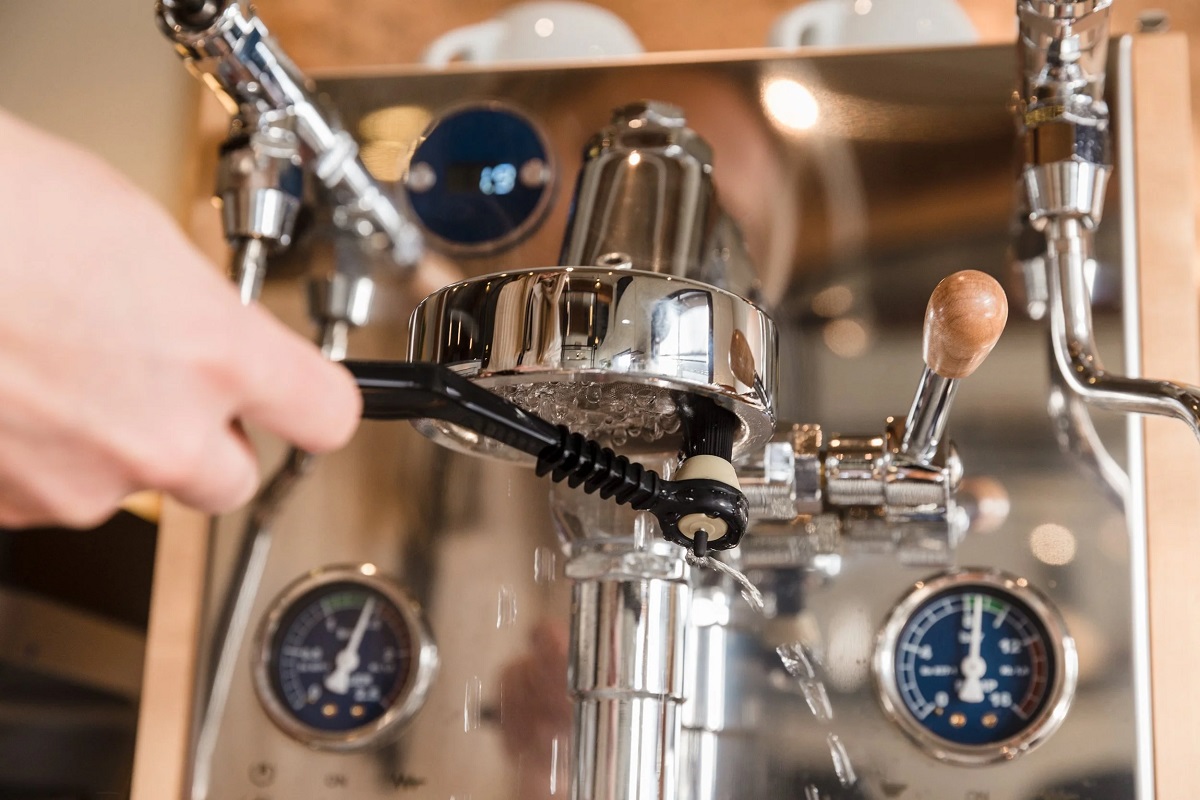
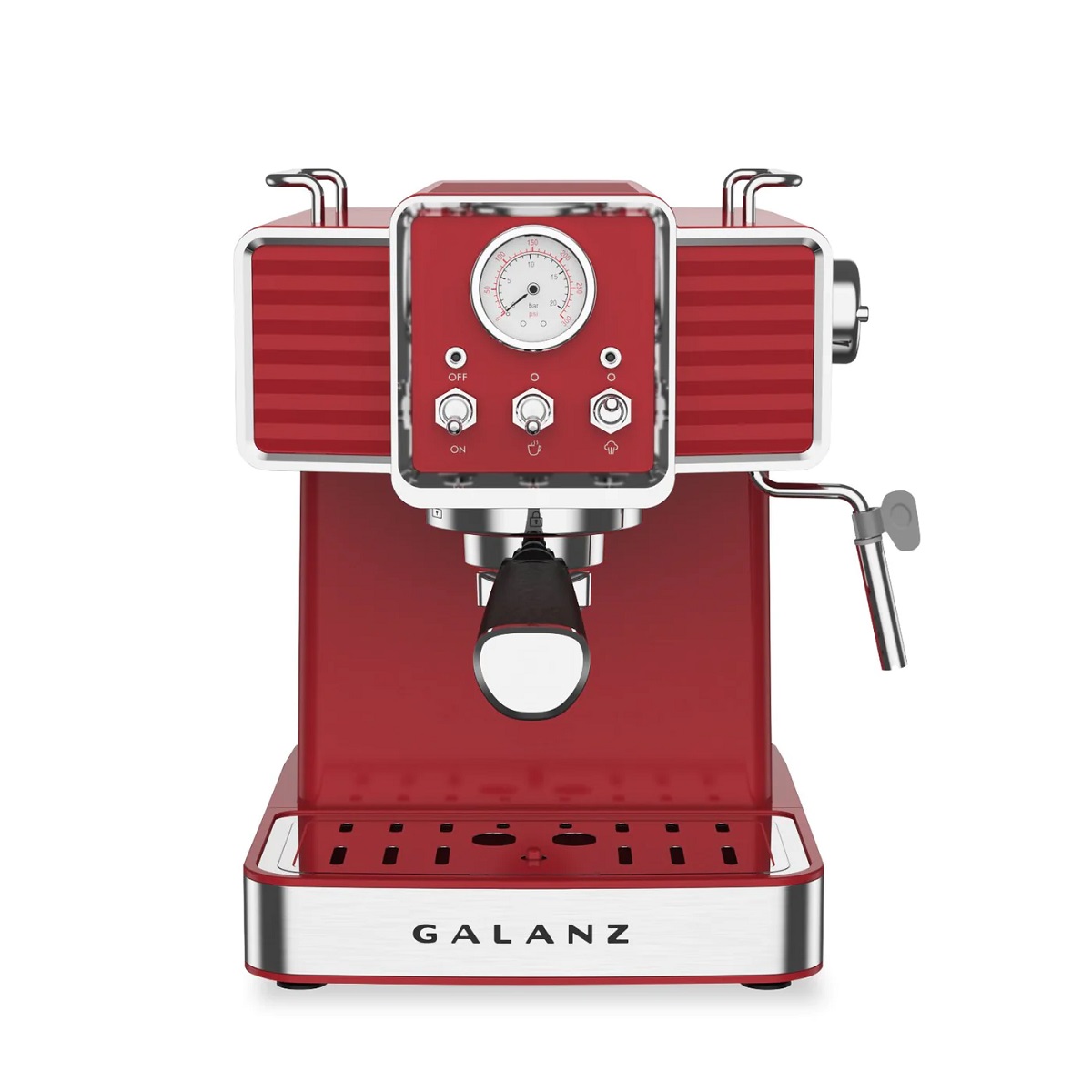
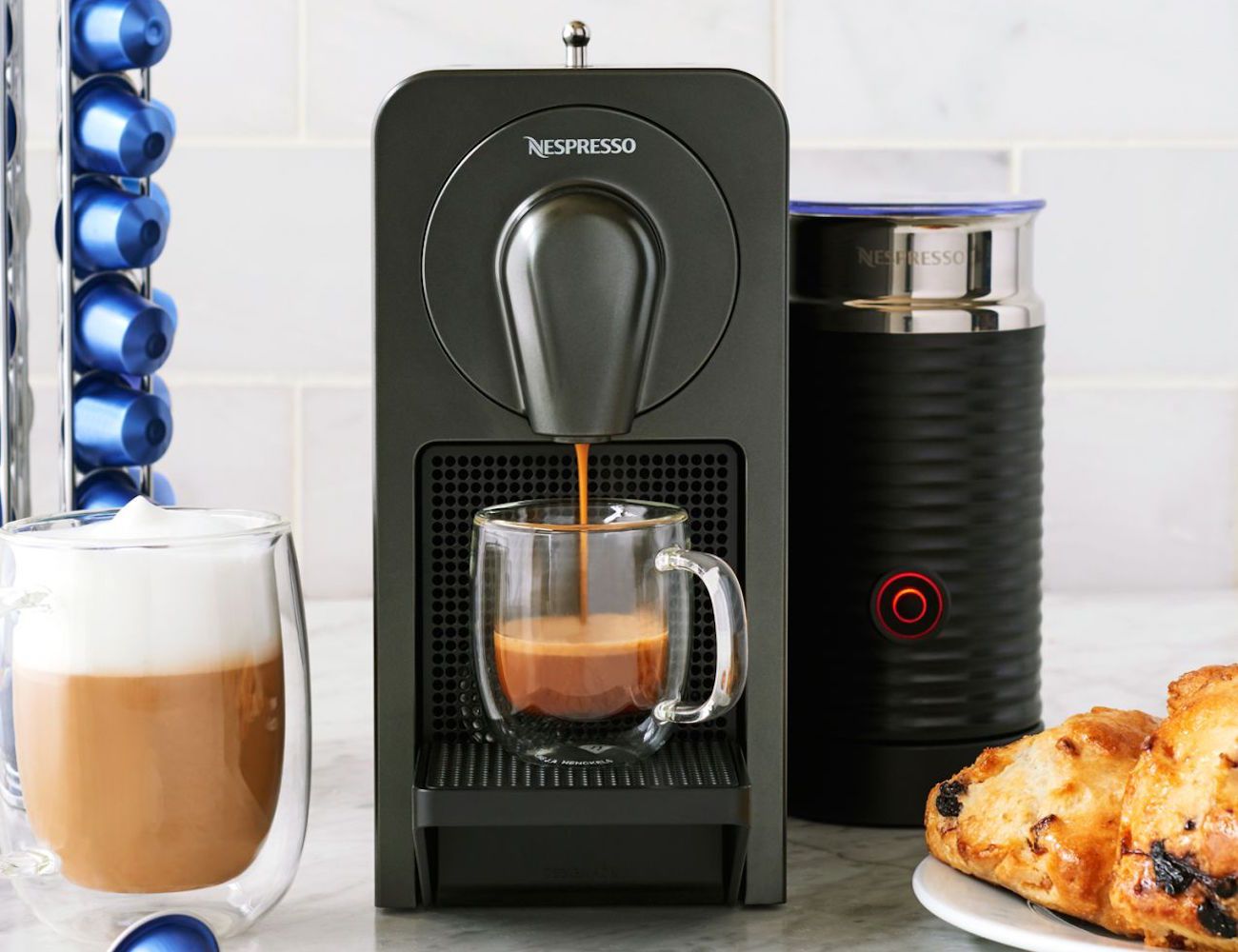

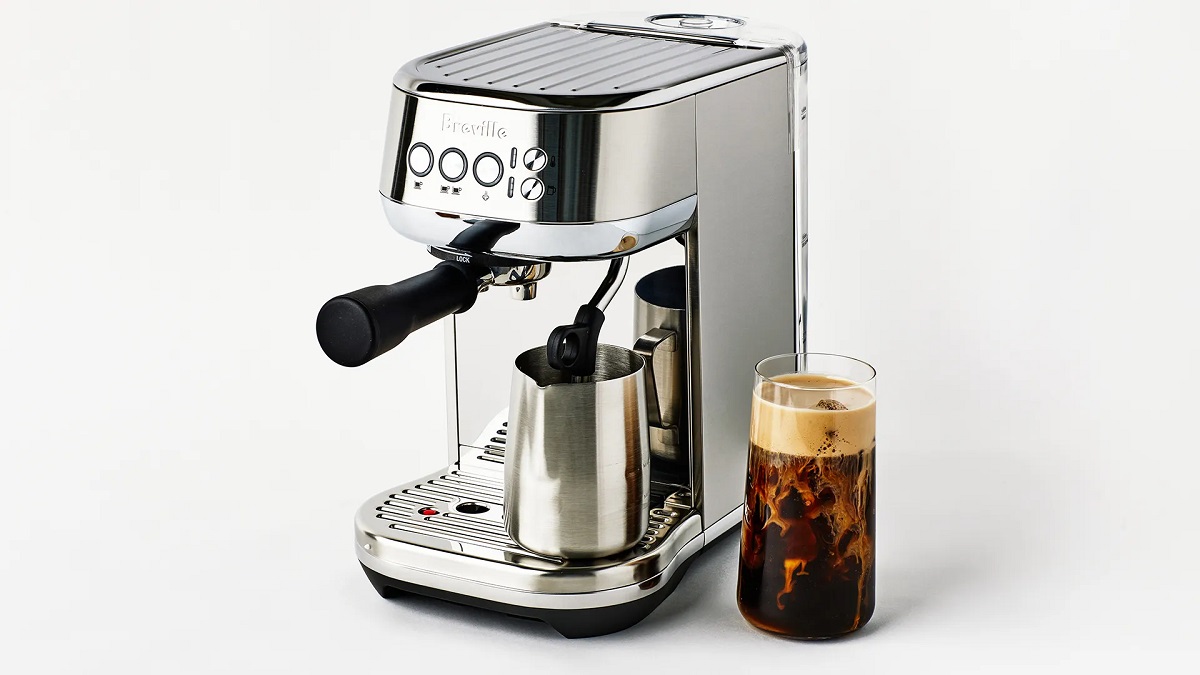

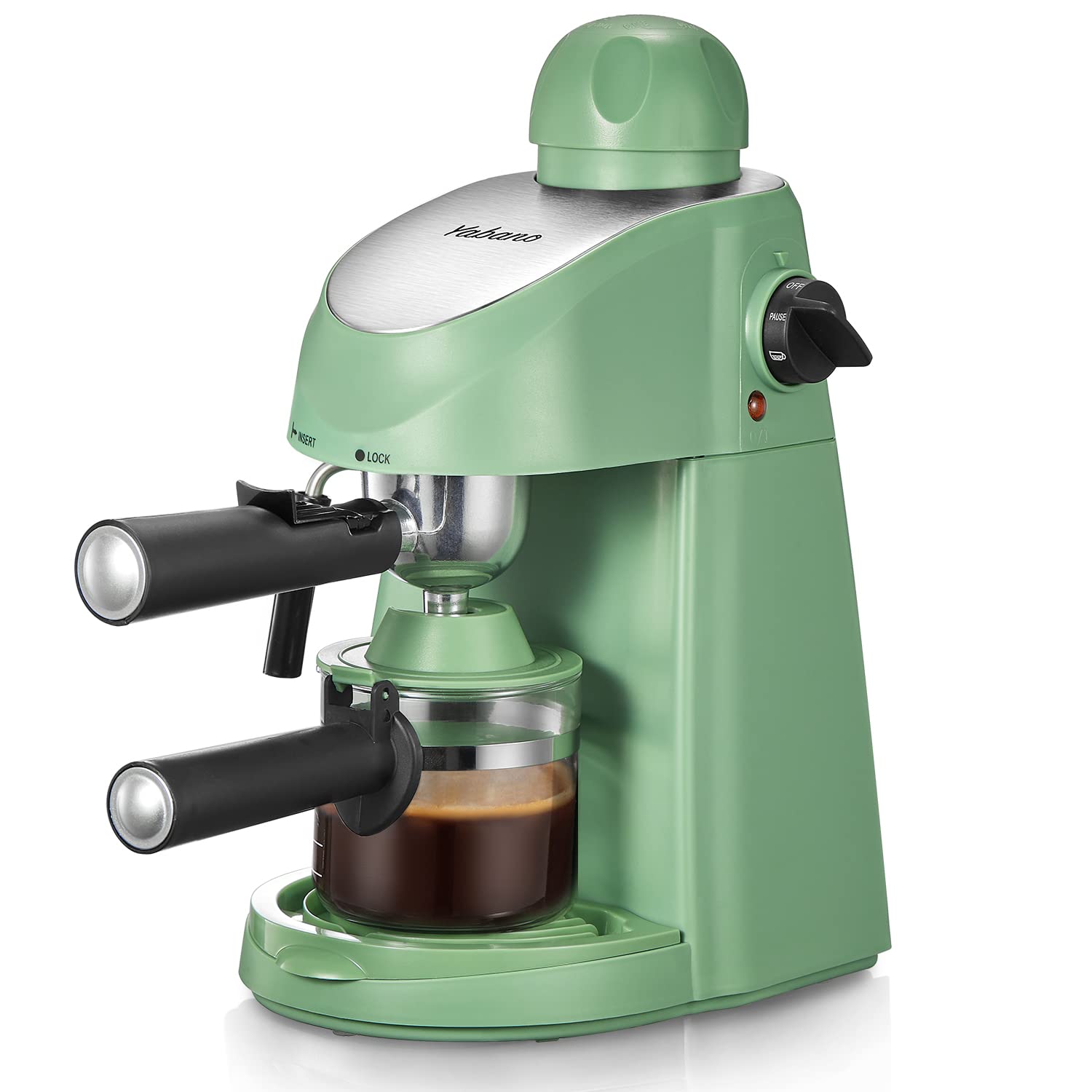

0 thoughts on “How To Turn On An Espresso Machine”